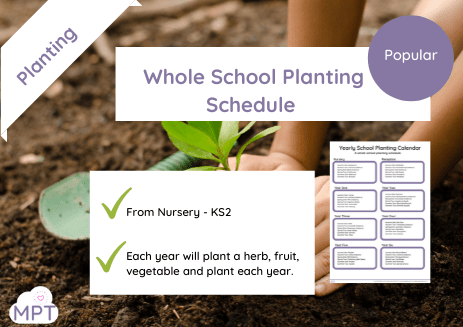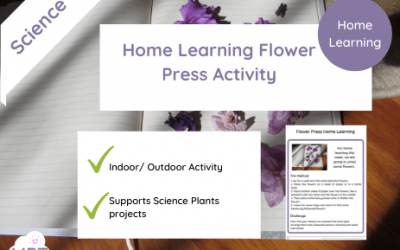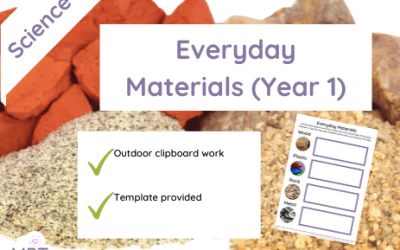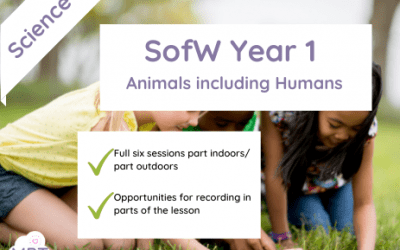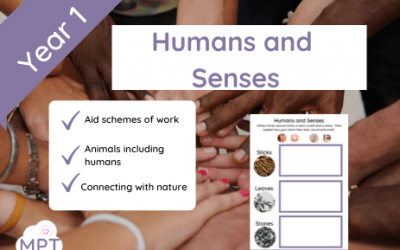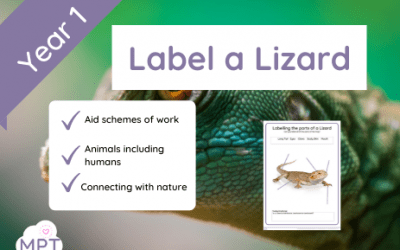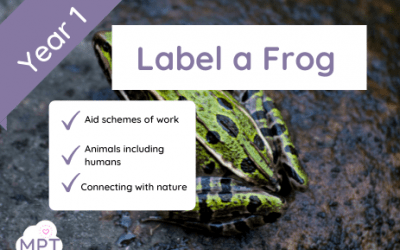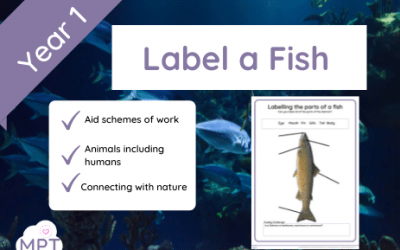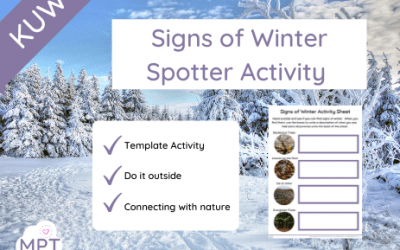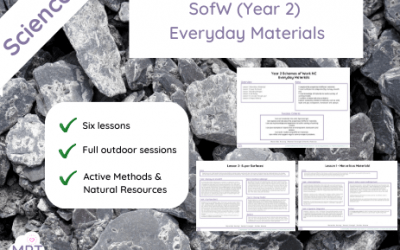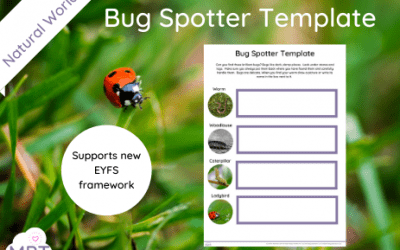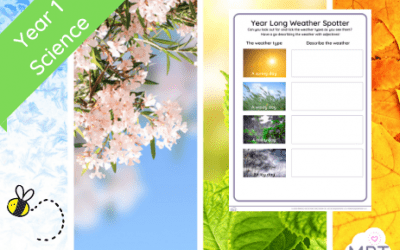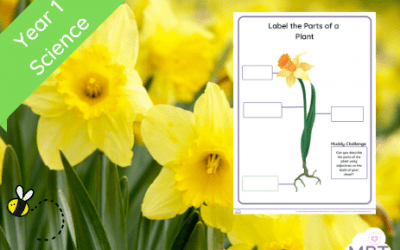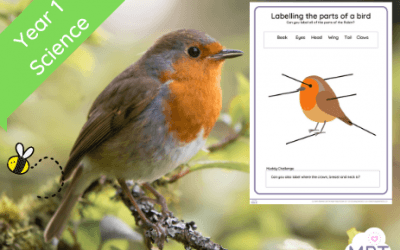Use Earth Day Word Search to help embed a love for the planet and to put a focus on the key areas and words of the...
Earth Day – Nature Mindfulness Colouring In
Feb 27, 2022
Use Earth Day - Nature Mindfulness Colouring In to take some time out to focus on the world. Allow the children some...
Whole School Yearly Planting Calendar
Feb 10, 2022
How to make a Flower Press (Home Learning)
Feb 8, 2022
Properties of Materials (Year 1)
Jan 26, 2022
This template forms part of the Year 1 Everyday Materials Schemes of Work Safety Please remind children to use their...
Everyday Materials (Year 1)
Jan 25, 2022
Outdoor Template for Everyday Materials (Year 1) Use as part of the lesson or forms as part of our schemes of work for...
Schemes of Work (Year 1) Animals Including Humans
Jan 25, 2022
Safety Please remind children to use their feet first, then hands when picking up natural items. You need to ensure...
Humans and Senses (Year 1)
Jan 18, 2022
Humans and Senses (Year 1) Part of the Year 1 outdoor learning schemes of work.
Label a Lizard (Year 1)
Jan 18, 2022
Label a lizard. Part of the schemes of work, animals including humans year 1
Label a Frog (Year 1)
Jan 18, 2022
Label a Frog (Year 1) Part of the outdoor learning schemes of work. Year 1 nluding animals.
Label a Fish (Year One)
Jan 18, 2022
Label a fish as part of the outdoor learning schemes of work Year 1 animals including humans.
Signs of Winter (Template)
Dec 20, 2021
Sign of Winter Spotter Sheet is a template resource that you can print off and use outside with clipboards! We make...
Schemes of Work (Year2) Everyday Materials
Nov 11, 2021
Bug Spotter Template
Jun 9, 2021
Use this bug spotter sheet to get your class outside muddya nd messy! Supports the new EYFS curriculum.
Let’s Learn About Emus! (Farm Park Resources)
Apr 29, 2021
Use our range of video lessons to helo bring the farm to you! Our friends at Matlock Farm Park have made lessons for...
Year-long Weather Spotter
Apr 25, 2021
Use Year long weather spotter to help children recognise and describe weather that happens all around them throughout...
Label a Plant
Apr 25, 2021
Use this marvellous resource to help the children Label a plant and embed their knowledge of plants and planting in...
Lesson 1: Labelling parts of a bird
Apr 25, 2021
Labelling part of the bird will help your children better understand these beautiful animals. This forms part of the...
New In
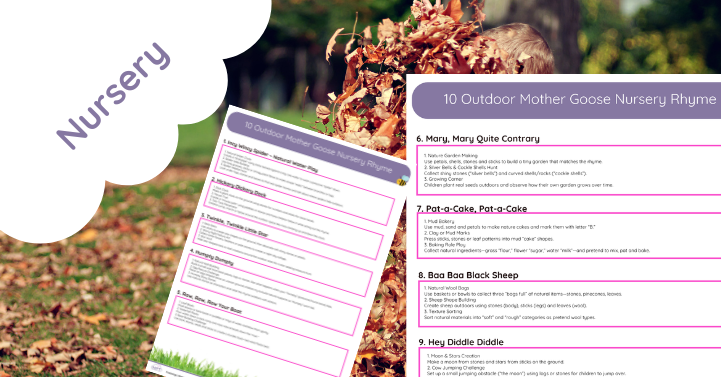
10 Outdoor Mother Goose Nursery Rhyme Activities
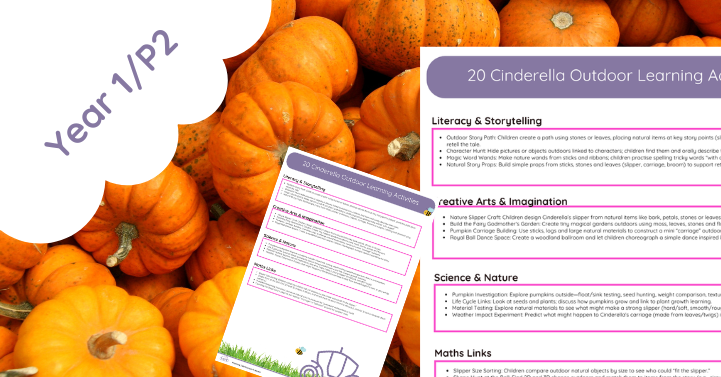
20 Cinderella Outdoor Learning Activities
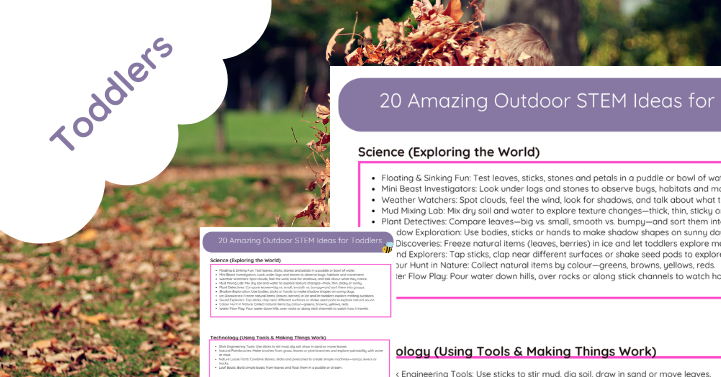
20 Amazing Outdoor STEM Ideas for Toddlers
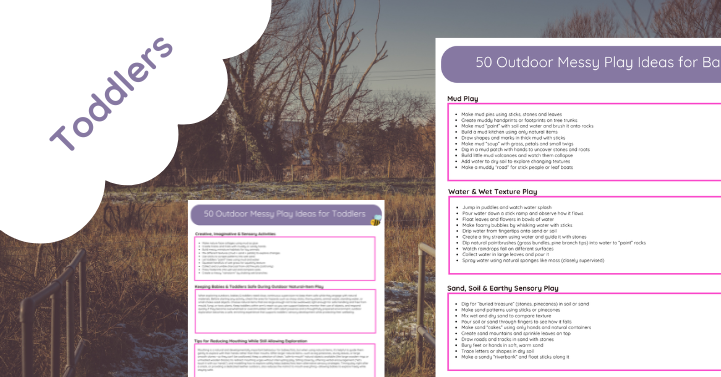
50 Outdoor Messy Play Ideas for Toddlers Using Natural Items
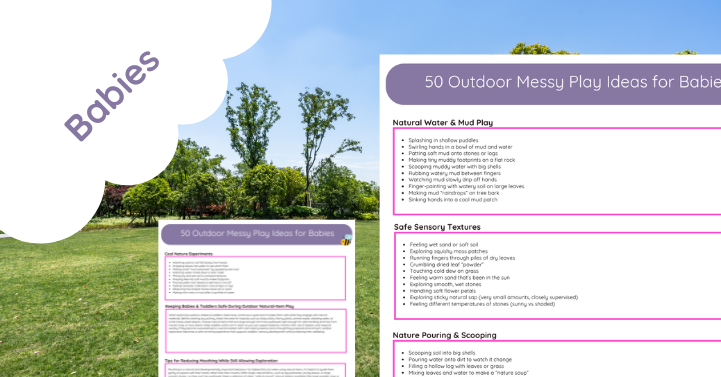
50 Outdoor Messy Play Ideas for Babies Using Natural Items
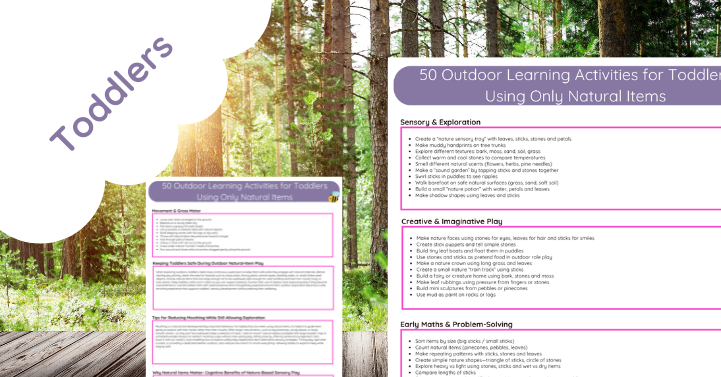
50 Outdoor Learning Activities for Toddlers Using Only Natural Items
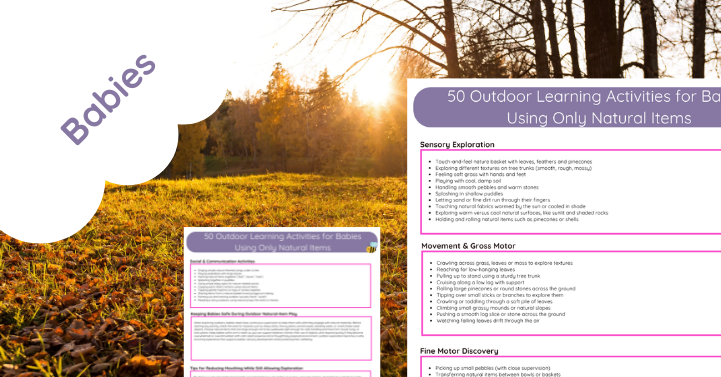
50 Outdoor Learning Activities for Babies Using Only Natural Items
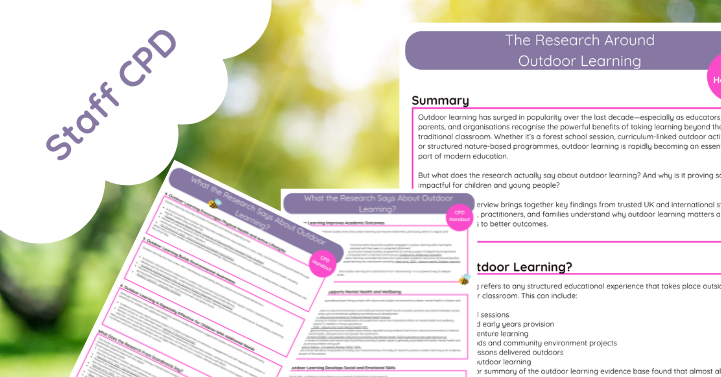
The Research Around Outdoor Learning (CPD Handout)

CPD Handout: What Scandinavian Countries Do to Support SEND Children





